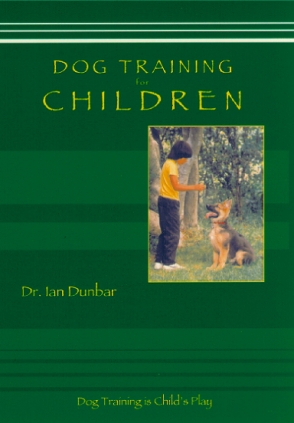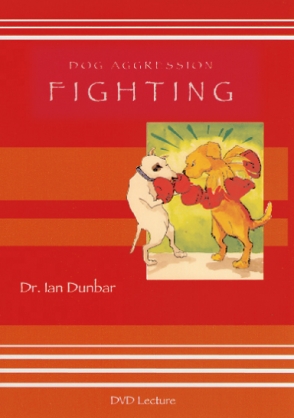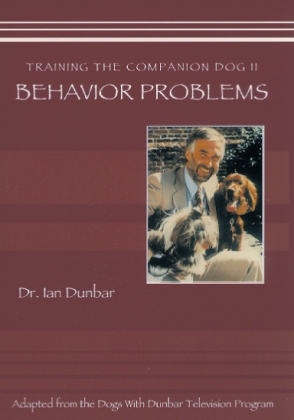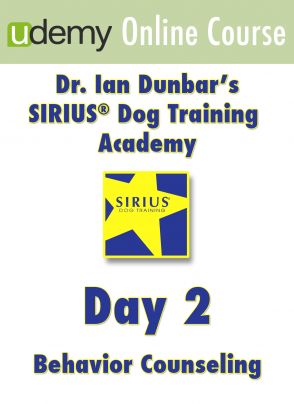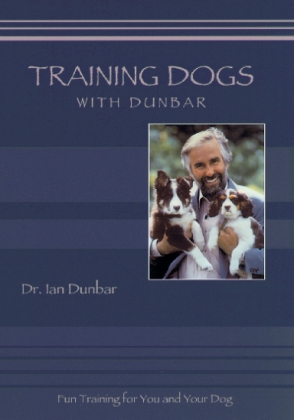Children have natural advantages as trainers. Dogs like being with them, because they are playful and fun. All they have to do is learn a few simple training techniques and they’ll soon put grown ups in the shade.
The Force In Dog Training
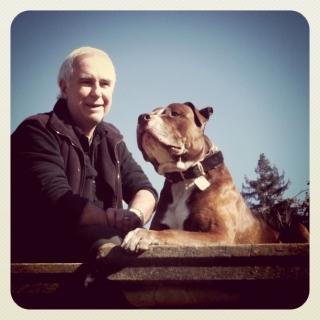
What I find so fascinating about dog training is that even after 40 years in the field, I still get so thoroughly excited about new innovations. Animal training continues to be a rapidly evolving field. Off-leash puppy socialization and training classes caused a paradigm shift in obedience training — creating a new and separate field of pet dog training. Lure/reward techniques introduced science-based principles and the subsequent rapid rise in popularity of clicker training prompted many trainers to embrace the study of learning theory. And now, I think we are approaching an additional tipping point and are about to take yet another quantum leap that redefines dog training.
There is just so much new information, which is why I am eager and excited about my current seminar series, Science-Based Dog Training (with Feeling). Modern day management and autoshaping techniques make puppy raising and training so much easier for novice owners, especially for the prevention and resolution of separation anxiety and common and predictable behavior problems, such as housesoiling, destructive chewing and excessive barking. Also, classical conditioning has come back into vogue, providing effective means to prevent the development of predictable adolescent temperament problems, such as fearfulness towards people and on-leash reactivity and aggression towards other dogs.
However, I think that recent advances in the application of learning theory for establishing off-leash verbal control are the most exciting developments in dog training, since they have enormous potential impact on the quality of life of dogs and their human companions.
We tend to forget that existing learning theory was largely based on studies of tirelessly consistent computers using food pellets and electric shock to train captive rats and pigeons, i.e., animals with few hobbies and hardly any options. Computers are brilliant at computing ongoing variable reinforcement schedules and administering punishment consistently, but people are not. Things are a bit different in the real world when people try to apply learning theory to train dogs — animals that have many competing interests and a wide range of options when off-leash (at home or on walks). Certainly, some trainers become highly skilled and talented technicians when delivering clicks and treats, or leash corrections and shocks. However, the instructive nature of the feedback depends almost exclusively on impeccable timing, which of course is not necessarily a strong suit for many dog owners. Additionally, whereas well-timed clicks and treats clearly pinpoint and reinforce desirable behavior, well-timed punishments merely indicate and inhibit undesirable behavior but offer little instruction as to which behaviors are desired.
I feel that many trainers have been lead astray by trying to emulate computers and their consistently well-timed, yet relatively non-instructive, quantum feedback. First, we cannot copy computers but second, we can all do better — much better. And this I find a most intriguing and exciting prospect in training. Compared to computers, people are highly superior at assessing the quality of behavior (panache and pizzazz) and we can offer an infinitely richer and much more instructive binary feedback — life rewards and verbal non-aversive “punishment”.
Food is a wonderfully effective lure for novice dog owners to quickly teach dogs the meaning of hand-signals, which may then be used as lures to teach dogs the meaning of verbal commands, i.e., the first stage of lure/reward training. However, over the past 10-15 years or so, trainers (hence dog owners) have forgotten that food lures must be phased out during the very first training session. Although easy to do, not many people are doing it. Consequently, the combination of using food as lures and as rewards strongly resembles bribes, which, of course, the dog begins to blow off in adolescence.
Similarly, food is a wonderfully convenient reward for novice dog owners to reinforce desired behaviors during initial training. However, for most dogs, food is not such an effective reward for maintaining reliable responses throughout adolescence. To teach off-leash reliability, life rewards are the way to go and this, of course, is what makes dog training so much fun. The very best rewards are the dog’s two favorite activities (playing with other dogs and walking/sniffing), the two interactive games (fetch and tug) and the seven big behavior problems, including hyperactivity, barking, jumping up, pulling on leash and running away. By putting the dog’s favorite high-frequency behaviors on cue, the behaviors, (often called problems) that previously worked against or distracted from training, may now be used as huge rewards that focus the dog and work for training. For example, whereas you can only feed a dog so much, every time you say “Sit” you may reward your dog by saying “Go Play”, “Let’s Go”, Fetch”, or “Give us a Hug”. Or my very favorite … ask your dog to “Come” and “Sit” and then say “Tag” and chase your dog as he runs away. For most dogs, being chased is just the best fun and so, now, we are using “Running Away on Cue” as a reward for coming and sitting when called. I think one of the neatest switcheroos in dog training, is putting so-called problem behaviors on cue and then yo-yoing them with desired behaviors, so that problems are no longer problems and that desired behavior is the status quo.
Using our voice as instruction and feedback allows us to literally transcend the constraints of computer-based learning theory. Of necessity, computer feedback comprised kibble and shock. Computers could not praise and hug, or express disapproval — “Excuuuuse me!” Consequently, in the theoretical training world, rewards have become synonymous with food and treats and punishment has become synonymous with pain. However, by verbal praising a dog for desired behavior, we may also communicate how well he did. But, it is using our voice to reduce and eliminate undesirable behaviors, where we can virtually rewrite existing learning theory. In fact, I find it nothing less than stunning that it’s possible to teach off-leash reliability using only verbal feedback, and, not even having to raise our voice in the process.
Back in the early 90s, I used a bunch of confidence-building exercises — putting owners in extremely difficult and distracting situations in which they had to learn how to control their dog off-leash by using their voice only. My favorites were calling the dog away from a child waggling a hot dog and sitting a dog when he’s running away. Once the owners succeeded, they had The Force in Dog Training — they had learned that the human mind could easily overpower the dog’s impulses. The secret is never to give up and if ever you have to repeat a command, then the dog has to repeat the exercise until he responds following a single request. I have been expanding on these ideas for several years now and at last, they have jelled into a comprehensive and effective dog training syllabus that is custom-made and entirely expedient for puppy/dog-owning families, especially including children.
No matter what we believe and how we train dogs ourselves, we have to face the facts: It’s human nature to take the good for granted and moan and groan at the bad. Many dog owners are going to punish their dogs regardless of our advice and so, I think it is important that we teach them how to reduce and eliminate undesirable behaviors without using physical force, or any scary or painful stimuli, i.e., by learning to use non-aversive “punishment” techniques when teaching off-leash verbal control.
I feel that the notion of non-aversive “punishment” is simply the coolest concept that no doubt will improve the quality of life of dogs and their human companions by eliminating a whole load of frustration and unintended harassment and abuse. And of course, the application to training other animals and teaching people is simply enormous.
For a schedule of seminars http://www.jamesandkenneth.com/store/show_by_tags/Events
and for more detailed description of each day’s topics
http://www.jamesandkenneth.com/store/show/EVN-021
http://www.jamesandkenneth.com/store/show/EVN-022
http://www.jamesandkenneth.com/store/show/EVN-023

